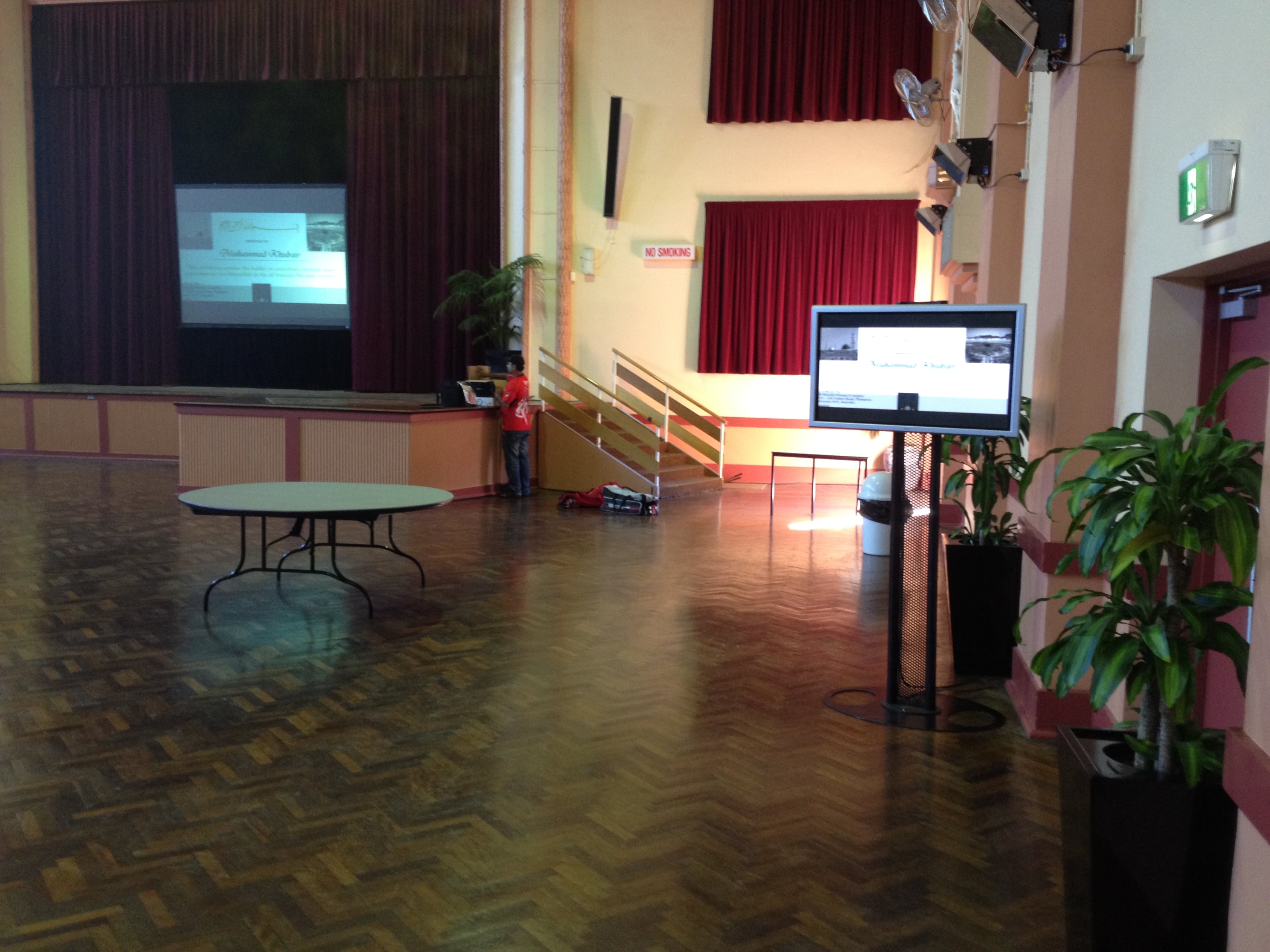We use cookies to make your experience better. To comply with the new e-Privacy directive, we need to ask for your consent to set the cookies. Learn more.
Live Music Sound Equipment: What Do You Need?

A wide variety of equipment, including mixing boards, lights, microphones, and monitors, is required of audio technicians who specialize in live music. To have a successful, the production team must select the appropriate toolbox for each live set. The majority of audio technicians will need to expand their skills beyond those related to audio tools and equipment. They must also learn how to operate lighting equipment, set up stages, and match mics and stands to the instruments being played. Here is a list of the tools audio you require for live music.
- Mixing boards:
Working the mixing board is nearly always the main responsibility when running a live concert, and is the staple of a skilled audio producer. For modest venues with four to six channels, some mixing boards might be straightforward; however, for much larger spaces with many more channels, the mixing boards might be more complicated.
Audio producers need to learn how to use a variety of mixing boards, especially those that are considered industry standards. The more time spent training with these intricate pieces of equipment, the better. Audio technicians will spend a lot of time at the mixing boards during a live event, changing the sound on the fly.

- Microphones:
When producing live sound, choosing the right microphone is a simple process that requires a small amount of general knowledge. In louder performances that use electric instruments or have big crowds it is most convenient to use dynamic microphones because they are more durable and less sensitive than their condenser or ribbon type alternatives. Dynamic microphones are great for vocals, instruments and amplifiers and work well in loud environments.
In more intimate, acoustic performances with quieter environments, dynamic microphones can be substituted for specific purposes. For example, it is possible to mic a small group of performers with a condenser microphone due to its higher sensitivity. Condenser or ribbon microphones may also be used in quieter environments over their dynamic counterparts due to their superior tone and frequency pickup range. When micing low frequency instruments such as tenor/bass strings or brass, some dynamic microphones may not have a sufficient frequency pick up range to amplify the bass frequencies of the instrument.
- Monitors:
Stage monitors enable live performers to hear their sound and assist the audio technician by alerting them to any necessary amplification changes. In the end, monitors facilitate the collaboration between the performer and the audio producer and help the performer make any necessary voice or instrument changes. However, choosing a good quality monitor and the right operator is crucial as poor operation will cause feedback during the performance if the monitor volume is too loud.
- Amps:
Amplifiers come in all sizes, from the tiniest to the largest, and are essential to live sound, even with classical music. To achieve a decent sound balance on stage, it is crucial to select the appropriate amplifier for each instrument and to set them up in a way that prevents interference with the microphones. In addition to feedback in stage microphones, a common issue with amplifiers is the quick deterioration of cable jacks brought on by extensive use in live venues.
Live sound specialists are frequently able to do simple repairs on amps and other frequently used equipment. They are also able to diagnose issues that call for more complex fixes or complete replacement of the affected item.
If you need assistance with any live performance tool requirements, Wwave is the ideal specialist. While making sure to easily satisfy all of your needs, they provide the greatest audio solutions on the market.
- Or give us a call on +61393725244 and speak with one of our friendly staff.
